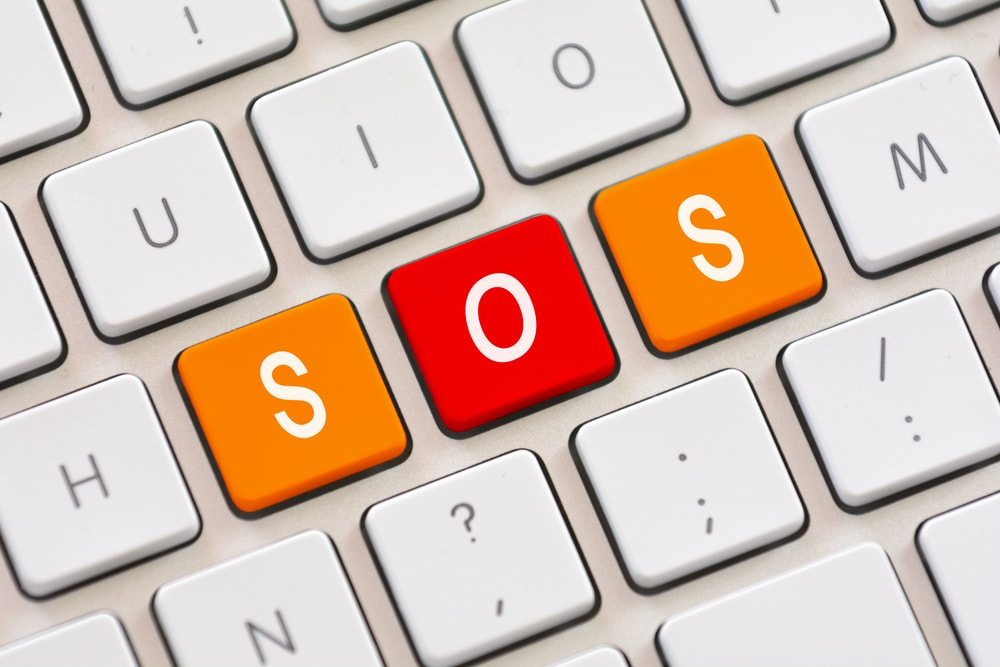The devastation of the Canterbury earthquakes, or the November quake that changed the landscape of the South Island region around Kaikoura… New Zealand has had more than its fair share of natural disasters and major weather events – and that’s just in the last decade.
And what do most of us do when news of a disaster strikes? We start searching online. Whether the news reaches us via social media, or through radio or television broadcasts, it’s important to us – immediately following – to be informed. Inevitably, we jump online in a quest to gather as much information as possible about the crisis and how we might be affected.
Well, now Google has made that activity easier following “major natural, man-made or humanitarian disasters”, adding a number of emergency features to both Search and Maps.
What is SOS Alerts?
In late July, Google launched its safety feature, SOS Alerts, which is designed to give users better information when a natural disaster, or other crisis strikes in their area. It appears prominently at the top of search results, or when a user in Maps looks for information about an incident or affected area. Proximity to the event may deliver a different level of detail: banner notifications if you are nearby, and collated data and resources if you search to access information about the event.
It’s not just for those who go searching either; depending on how close you physically are to a crisis, you may get a mobile notification to direct you to the information. (This, of course, requires your location settings to be turned on, and also the latest version of the Google app.)
Just some of the information collated into this feature may include emergency phone numbers, the latest news, updates from local officials, relevant websites, or donation opportunities. Google Maps too will show SOS Alerts – marking the location of emergency situations and providing real-time updates on things like road closures.
Keeping Safe in the Digital Age
Think of Google’s new feature as an informational version of Facebook’s Safety Check feature, which lets people check in to tell their friends that they’re safe during a disaster.
Google’s sources for the content are numerous and varied – we can still only barely imagine just how far Google’s reach extends. Government agencies, first responders, trusted media outlets, and NGOs will be favoured and it is believed that Google staff will be collating the content, as opposed to relying on automation.
While it may not be able to stop a natural disaster from occurring, technology plays a vital role in providing the information to help keep us safe. It’s just another example of how good search is able to enhance or improve our daily lives.

